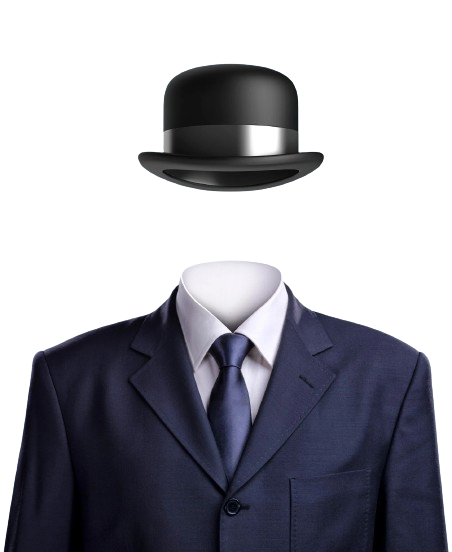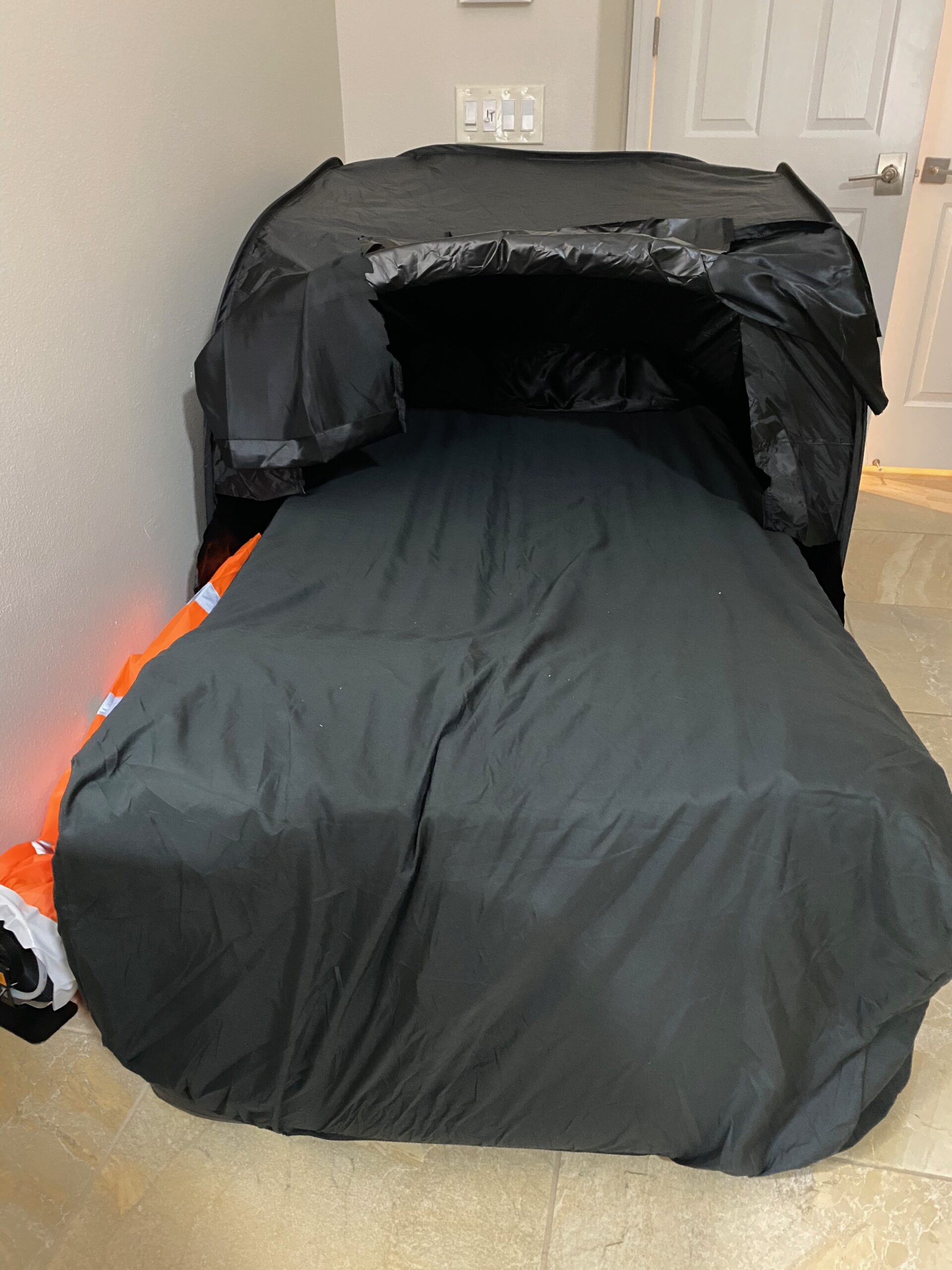A dry float tent was far more practical than installing an at-home float tank, and it’s nearly as good for meditation.
The call of the mystic
When I was in my early teens, I watched the movie Altered States, a horror film based loosely on the life of John C. Lilly, who, among other accomplishments, invented the floatation tank to explore consciousness in complete sensory deprivation.
This scene was inspiring to me.
Years later, a float tank center opened near my house that offered an unlimited membership.
I scheduled daily float sessions at 6:00 AM to meditate for one hour in total sensory deprivation before going to work.
How Float Tanks Work
John C. Lilly invented the float tank to experiment with sensory deprivation. To document his findings, he wrote the book Programming and Metaprogramming in the Human Biocomputer: Theory and Experiments. Samadhi Tank Company still manufactures John C. Lilly’s original float tank design.
To create sensory deprivation, his design sought to eliminate light, sound, and tactile sensations, considering taste and smell to be negligible distractions.
The enclosed tank effectively blocks all light, eliminating any visual stimuli.
Tanks are often vibration-isolated, and most designs have walls that do not transmit sounds from the outside. Plus, many tanks are installed in rooms with additional soundproofing measures. In a good floating environment, you hear only the light ringing or pulse in your ears.
The tank is filled with water saturated with magnesium salts. The saturated salt-water solution provides buoyancy, so the user floats on the surface without the danger of submerging and getting water in the eyes, mouth, nose, or lungs.
Since the user is floating, the brain isn’t processing information about balance, requiring any muscle adjustments to stay upright. Further, there is no pressure on the body to register the feel of gravity.
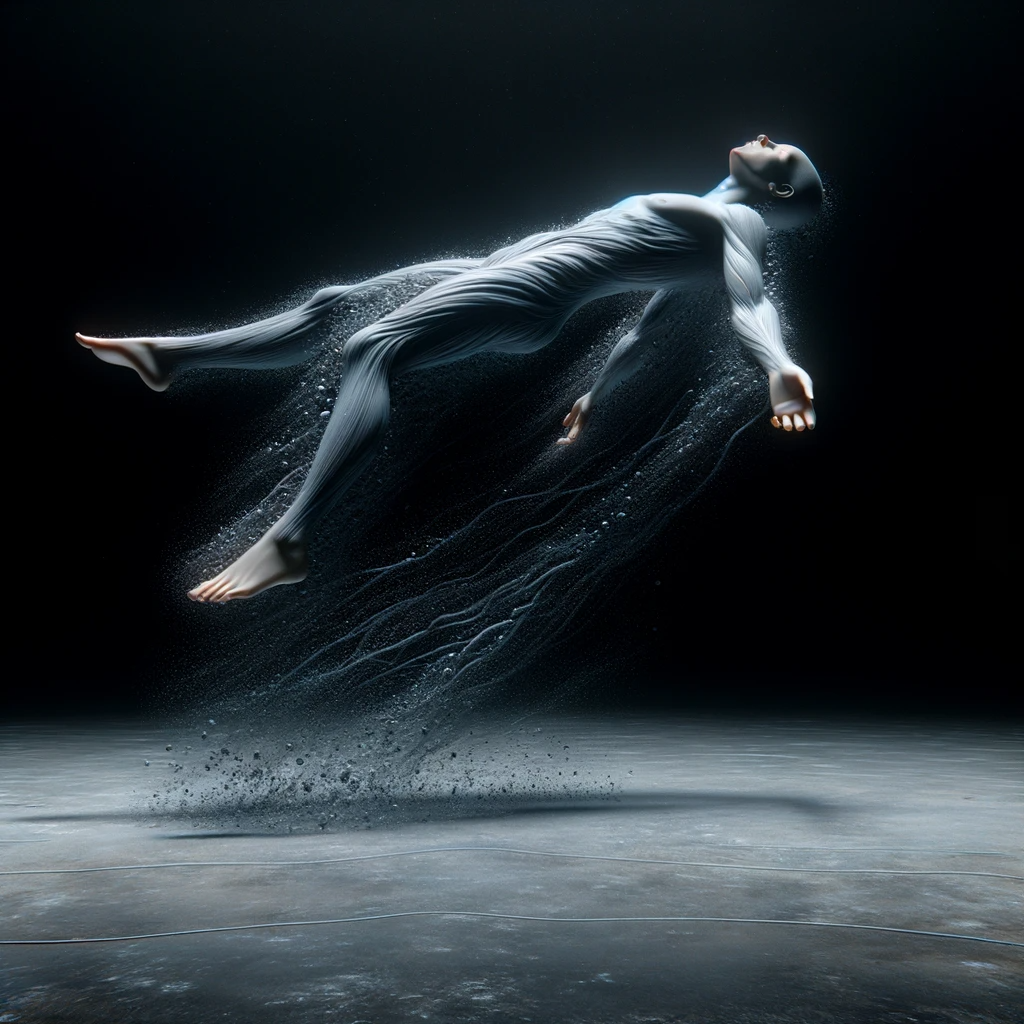
The water is maintained at a temperature of about 92.5 degrees, depending on the person. At that temperature, the skin provides no signals to the brain. The water doesn’t register as hot or cold; in fact, it doesn’t register at all.
With the elimination of sight, sound, pressure, gravity, and touch, very little sensory information enters the brain. Whatever occurs in the mind is almost entirely brain-created.
Meditation without Distraction
In the float tank, I made progress with my meditation practice much faster than I otherwise would have.
I was trapped in an environment without distraction. Once I went in, I knew I was not going to get out for an hour; I wasn’t going to bother my family, raid the refrigerator, surf the Internet, or turn on the TV.
It was a great experience.
From the beginning of my regular meditation practice, I sought out environments with minimal distractions, much to the chagrin of my teachers.
I was rebuked by many who insisted that only sitting in the traditional posture in front of an altar with an image of the Buddha was proper meditation practice. Anything else was second-rate, substandard, or somehow counterproductive.
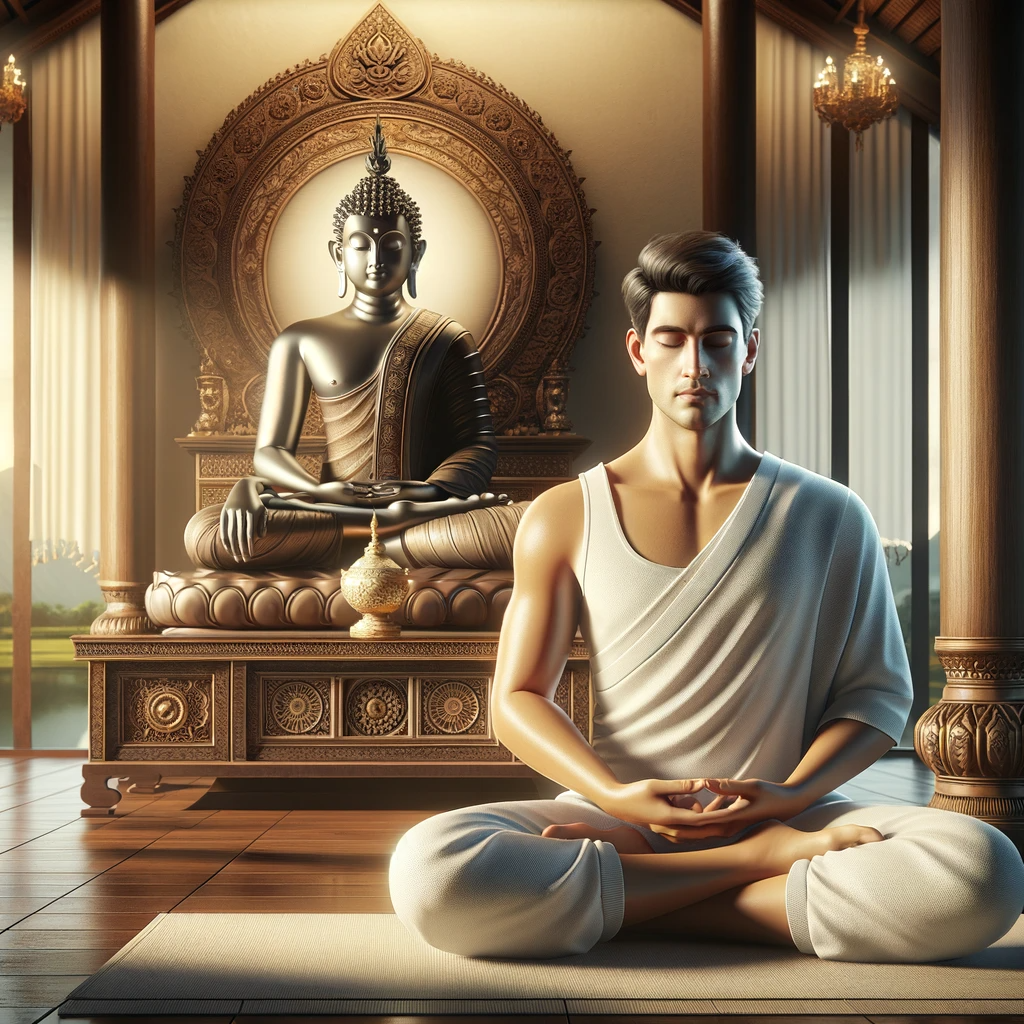
There is a pervasive belief that developing the ability to divert the focus away from distractions is an essential part of developing concentration.
It’s not.
I have very strong powers of concentration, and I can focus my attention away from distractions, but I developed the ability to ignore distractions as a side effect. I didn’t have to battle with distraction to obtain this ability.
Hitting Golf Balls
When I was a teenager, I liked to go to the driving range and hit golf balls. Since golf is not played in a sensory-deprived environment, I used to practice with a boombox when others weren’t around to learn to filter out any distracting noises.
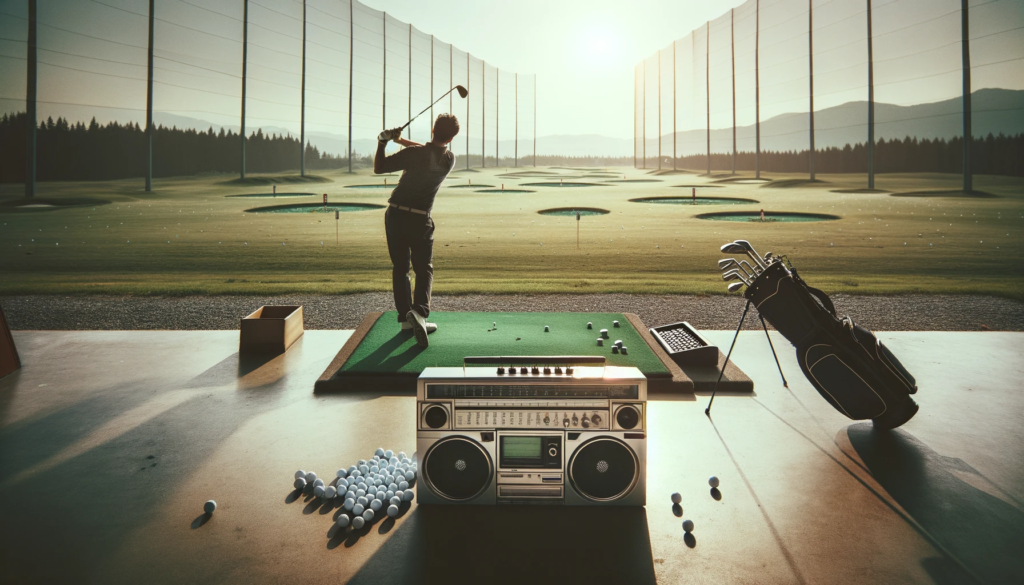
However, I also learned that if I needed to work on something mechanical in my golf swing, something that required mental focus on concepts rather than just feelings in my body, then the noisy music was a real hindrance. I was asking too much of my mind to hold a concept, swing a club, and ignore the noise.
Ignoring noise was useful when I was practicing precision and repetition only because I needed to shut off my conceptual mind anyway. At that point, focusing on blocking out the distracting noise helped me focus, but only because I had less to focus on.
Sensory Deprivation Enhances Object Meditation
I believe the same is true in object meditation. If I am focusing on concepts to generate virtuous feelings, it’s too much to ask to also ignore noise or physical discomfort.
If I meditate on virtuous objects in sensory deprivation, it makes my meditations easier, more focused, and much more powerful. This improves my progress, and makes realizations come with greater ease and greater speed.

Object meditation requires concentration on a concept to bring forth the object of meditation, and it requires the ability to hold concentration on the object for long periods of time in order to gain the full effect. If I am distracted in meditation, the quality of the meditation declines, and my progress is slowed.
I want to put in the greatest amount of time meditating on virtuous objects, and the less time I must battle distraction, the better.
Home Float Tanks
In order to maximize the benefits of my meditation practice, I set up a place for sensory-restricted meditation in my home. I spent hours trying to figure out how to set up a float tank, but after considering all the costs and benefits, I decided to go a different route.
Floatation tanks for commercial use cost a minimum of $10,000 to obtain and set up, and some models can exceed $30,000. Only recently have residential float tanks fallen to $5,000 to $10,000, making them a viable option for personal use.
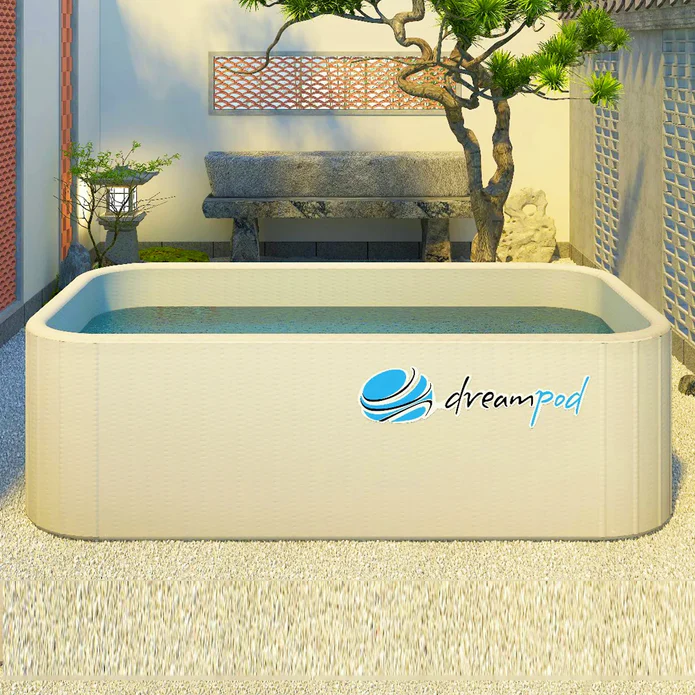
Float tanks are full of magnesium salts, which are great for your skin and hair, but brutal on anything outside the tank. Salty water is very corrosive, it gets everywhere, and it destroys nearly everything it comes into contact with.
I considered obtaining a shed and placing the tank outside to avoid damaging my house, but that added to the cost, and it would have required heating and cooling the shed to make floating comfortable.
Plus, unless I were planning to build an outdoor shower, I would be bringing salt water into the house anyway. By the time I added up all the costs, I was still looking at $15,000, and I would be maintaining a salt-water float tank indefinitely.
Even with all those problems, I might have done it, but as I lay awake at 4:30 in the morning, I asked myself if I would really commit to getting up, showering, going outside to a shed, and getting in the float tank each day.
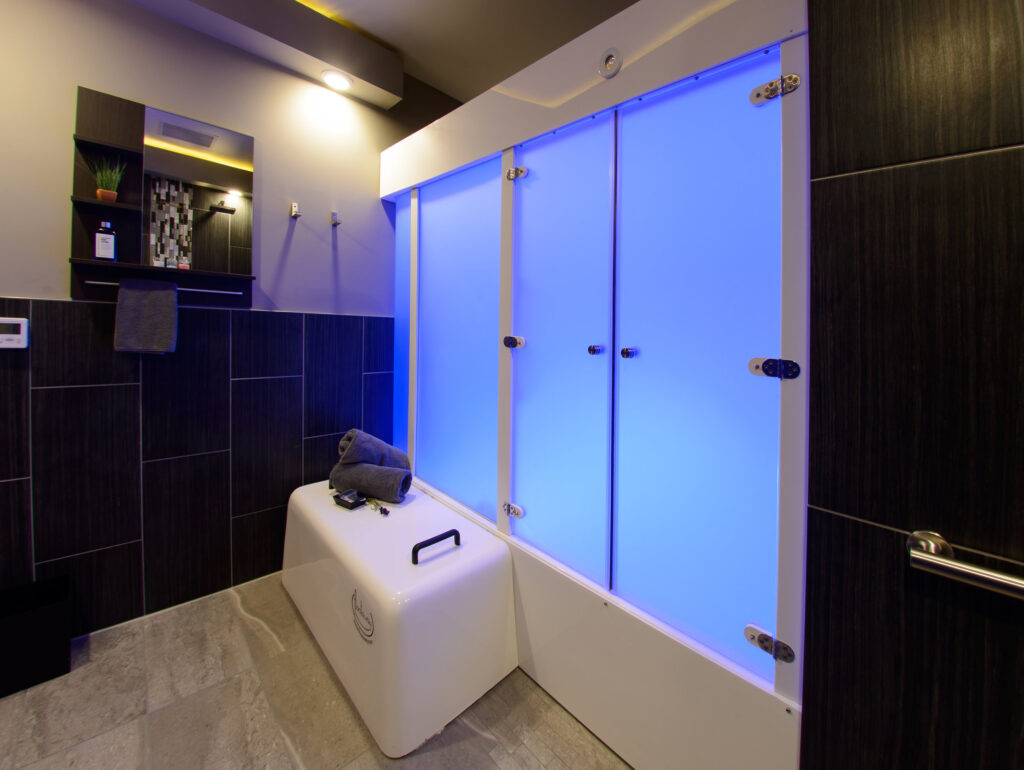
When I realized I would not maintain the commitment, I decided to look for an alternative I could live with.
I decided to create a sensory-restricted environment in my bedroom using dry floatation technology as a substitute. This way, I could avoid disturbing my family in the early morning while getting out of bed to truly meditate rather than trying to meditate in bed and falling back asleep, which is invariably what happens.
It works.
Meditation at Home
The least expensive way to eliminate visual distractions is to wear an eye mask. You can obtain a high-quality one for $10 or less.
Eye Mask $10: https://www.amazon.com/Cotton-Sleep-Eye-Mask-Comfortable/dp/B07D3M6892
I’ve tried them, but they didn’t effectively help me feel safe and enclosed. Without air circulating around them, my eyes became uncomfortable. Plus, it was one more thing touching me, which served as a distraction.
Despite those issues, I recommend starting with this because if you don’t have problems, it’s a very inexpensive way to eliminate visual distractions and improve your meditation practice.
It looks like I have the Batmobile in my bedroom. I have a twin air mattress covered with black sheets stuffed partially inside a black sensory tent. This arrangement eliminates nearly all light, which is usually the largest source of distraction.
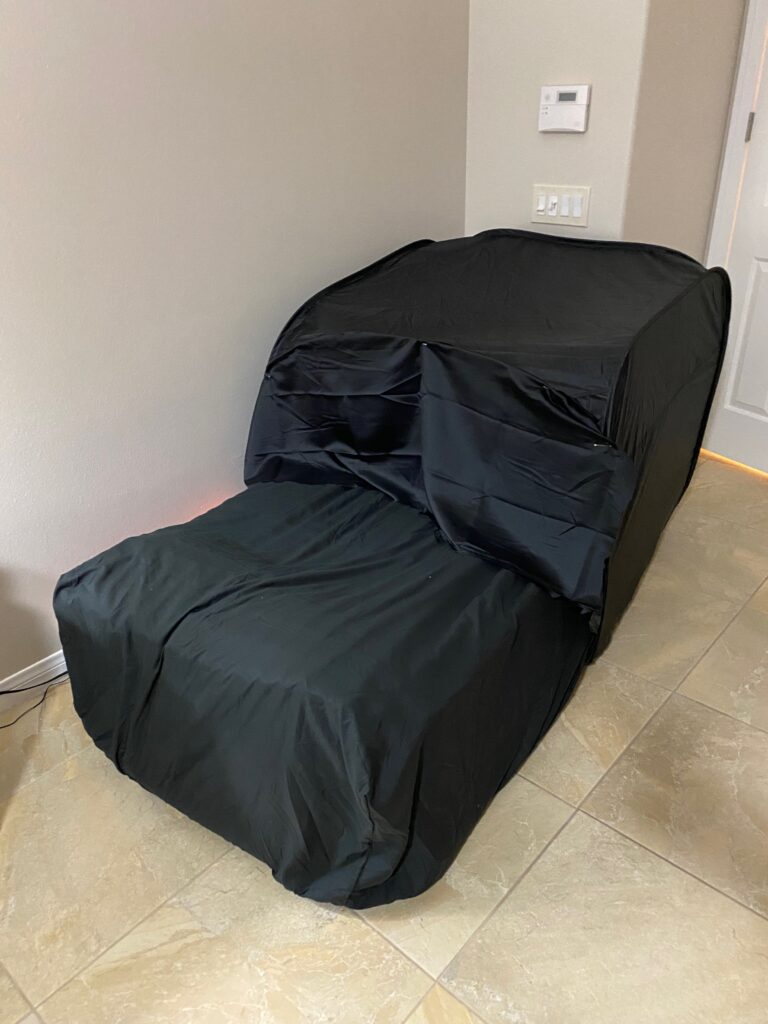
The basic materials are an air mattress, a fitted sheet, and a sensory tent.
Air Mattress $40: https://www.amazon.com/gp/product/B01J1KVS46
Fitted Sheet $20: https://www.amazon.com/gp/product/B09XJG65XG
Sensory Tent $80: https://www.amazon.com/gp/product/B0C4F3G3TM
A pillow is not required, but if it’s more comfortable, you can use one. I suggest an ergonomic pillow as you will be lying on your back.
I did purchase black pillowcases, but I ended up cutting them up to use to help screen any light around the modified opening, which needed to be cut to fit the mattress and make it easier to get in and out.
Pillowcases $10: https://www.amazon.com/gp/product/B07BNZWG17
If you don’t have a place to keep an air mattress inflated, you could also purchase a sensory tent to place on top of your bed for $40 or less.
The problem with trying to meditate in bed is falling asleep or losing your alert focus. If you get drowsy, the meditation suffers. It’s far too easy to fall asleep.

Even though I am simply moving from one bed to another, the psychological shift is significant enough that I don’t experience problems with drowsiness, even at 5:00 AM.
Noise Reduction
I don’t employ any noise reduction. My home is in a quiet neighborhood, my family is still asleep when I meditate, and the room is very quiet.
If I were to use something, I would first employ noise-reducing headphones. There are many varieties.
All will have the problem of tactile sensations on the ears and scalp, but that’s a small price to pay if you must meditate in an environment filled with many noise distractions.
You can also use headphones to play meditation music. I used to meditate while employing brainwave entrainment music or soothing nature sounds. This is also effective at drowning out noise, but it can also serve as a distraction for object meditation.
Silence is best.
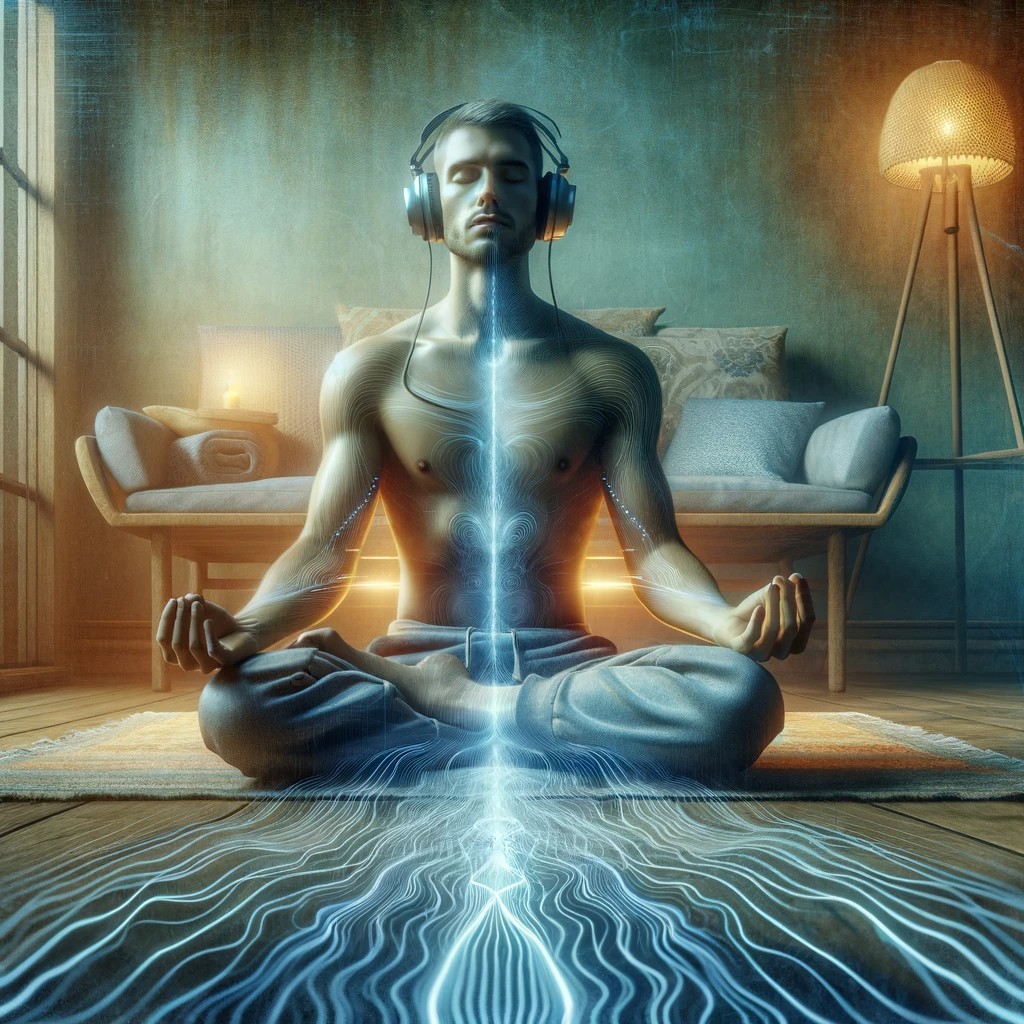
Improving Airflow
One of the major problems with floating is airflow. Even large commercial tanks become stuffy as you deplete the oxygen trapped in the tank when you close the lid.
As a result, many people end up blocking open the lid with a towel to let fresh air in. Unfortunately, this also lets in light and noise.
Float tank manufacturers resort to a brute force approach and design complete tank rooms to trap a larger volume of air, and provide either passive air circulation, which doesn’t work well, or a quiet active system, which is still audible. Unfortunately, tank rooms are expensive and large, and thereby impractical for most home applications.
I implemented a low-tech solution. I attached a small, relatively quiet fan to an air sock to actively pump fresh air into the enclosure.
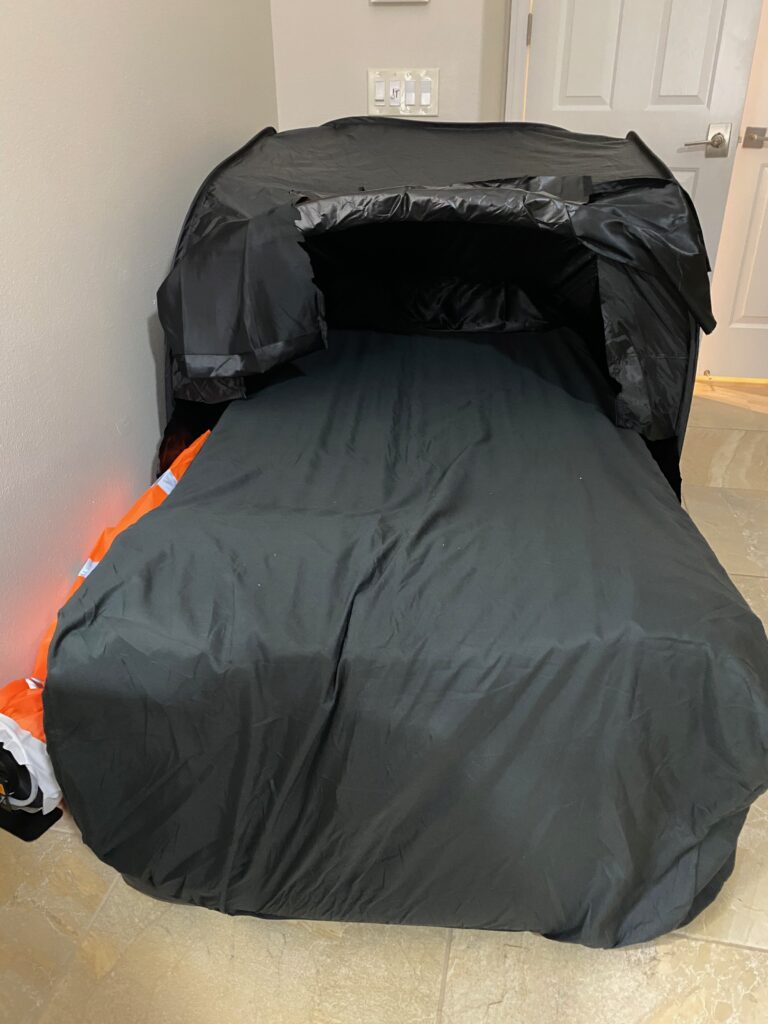
My room is very quiet, so I don’t need anything to help reduce the noise, particularly from 4:30 AM to 6:30 AM, which is the window of time when I meditate.
I do hear the fan, but it’s a steady white noise that’s easily filtered out. It also serves to drown out other household noises that I might become aware of in total silence.
Wind Sock $10: https://www.amazon.com/dp/B01L138HWM
Fan $20: https://www.amazon.com/dp/B09G671VNN
I used duct tape to secure the sock to the fan. It’s very effective at circulating fresh air into the enclosure.
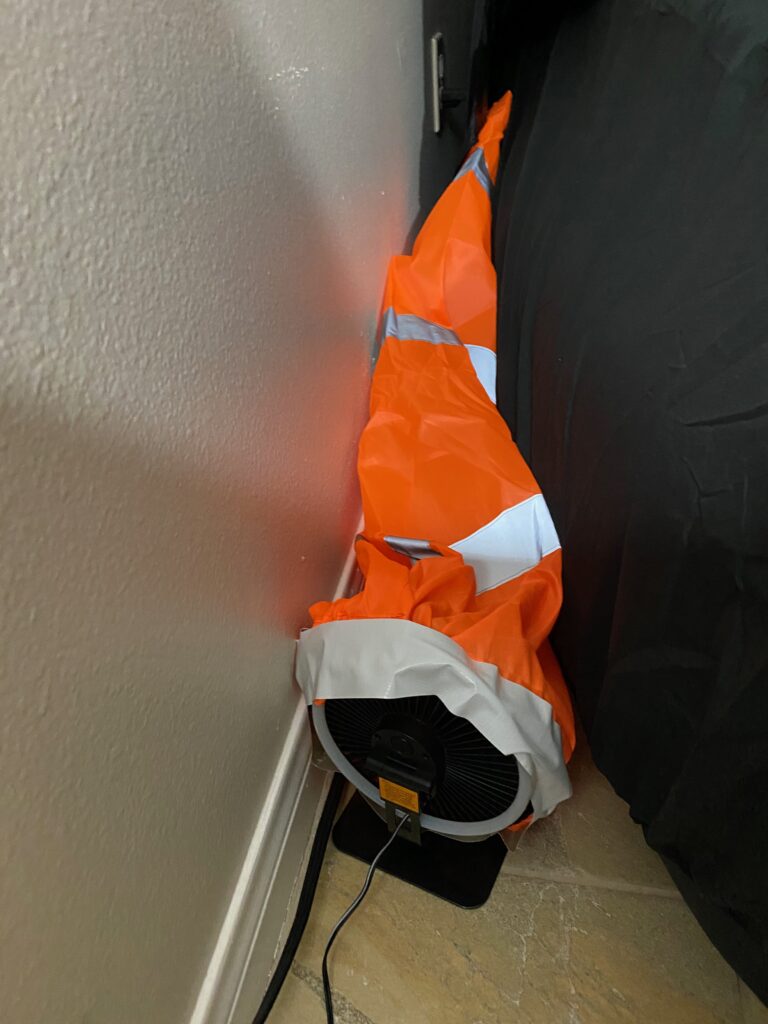
I indulged in one expensive optional add-on to reduce tactile sensations. I purchased a state-of-the-art dry flotation mattress from Roho. These retail for over $2,000, but you can find deals online.
Roho dry flotation $1,750: https://www.medicaleshop.com/roho-dry-floatation-mattress-overlay-system.html
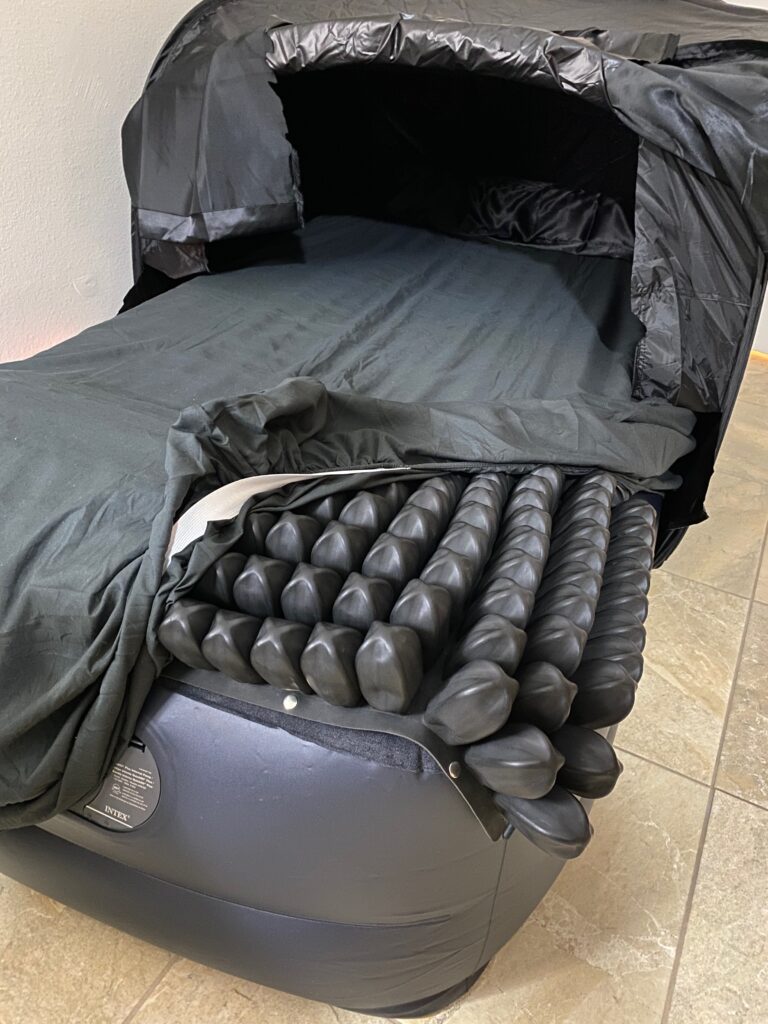
A less expensive version is available for $1,000: https://www.amazon.com/Non-Powered-Dry-Flotation-Technology-Alternating-Performance/dp/B08CJQWJ4Z
The air cells are larger on the less expensive model so you will feel a bit more pressure, but not much.
There is also a $75 option: https://www.amazon.com/dp/B00TZ73MUY
However, that one will make more noise and provide less comfort than the silent Roho toppers.
Even laying on a bare air mattress is comfortable, and with minimal concentration effort, the pressure is easily ignored.
It’s about the meditation
I set up this microenvironment in order to facilitate higher-quality meditation sessions with a minimum of distractions.
None of what I’ve done is necessary. I maintained a meditation practice for years before I spent time in the float tank and before I created the contraption in the photos.
Meditation is still about making a consistent effort with a focused goal. There is no ending point on the journey, no goal line to cross.
Even fully enlightened masters continue to meditate, not because they need to for liberation, but because there is joy in the activity.
Mindfulness Meditation Mastery: A Journey to Observing, Directing, and Sustaining Mental Focus

